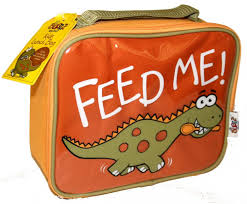Show the world your smile, not your braces!
September 24th, 2015
Did you know that Dr. Kennell is the only orthodontist in New Hampshire that offers HARMONY?! HARMONY offers a great new invisible solution for straightening your teeth!
HARMONY's digitally customized system for straightening teeth provides orthodontics with advanced technology to invisibly treat patients of all ages. For teens and adults of any age seeking invisible orthodontics, HARMONY offers a solution for even the most challenging cases.
Dr. Kennell designs your personal treatment through HARMONY’S advanced technology using computer-assisted treatment. The 3D image shows how each tooth will be moved for your desired smile. CAD/CAM technologies produce a customized system that adapts seamlessly to the shape and contour of your teeth. The computer robotically forms arch wires for each phase of your treatment, creating a high level of orthodontic precision and accuracy in tooth correction.
HARMONY System
Do you feel self-conscious about smiling and laughing in public because your smile isn’t as straight as you’d like? Having teeth that are correctly aligned not only improves the look of your smile; it provides real health benefit, allowing ease of hygiene, optimal function and an ideal bite.
Lingual braces, placed on the tongue side of the teeth, are the completely invisible orthodontic option for patients who want to improve their smile without sacrificing comfort and aesthetics. With HARMONY System lingual braces, we are able to give you the beautiful smile you've always wanted, and no one will be able to tell you're undergoing orthodontic treatment!
The Benefits of HARMONY
• Orthodontic care with the HARMONY System results in faster treatment times, shorter appointments, and amazing results!
• Proprietary CAD/CAM technology ensures highly accurate treatment of all orthodontic cases, regardless of severity.
• Small, smooth brackets are designed to help you adapt quickly to your orthodontic treatment. Plus, the low profile of each bracket makes brushing and flossing easier than with traditional braces.
• Self-ligating brackets give your orthodontist more control over your precise tooth movement and provide a more comfortable overall experience for you.
It's never too late to get the smile and confidence you deserve. Ask if HARMONY brackets are right for you! For more information, visit www.myharmonysmile.com or ask Dr. Kennell about HARMONY's unique benefits.



 We’ve all heard that biting your nails is an awful habit, but you many wonder- really- what’s so bad about it? This
We’ve all heard that biting your nails is an awful habit, but you many wonder- really- what’s so bad about it? This 